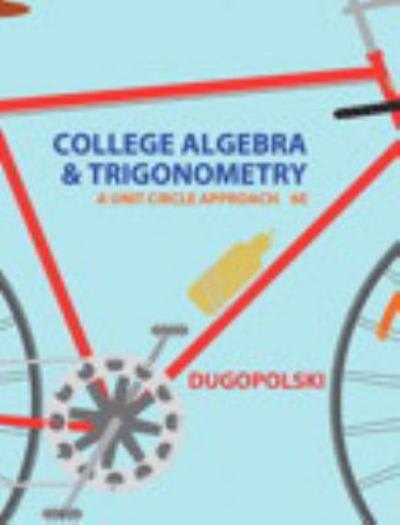Question
2. The following data represents a selection of 36 earthquake magnitudes: 0.70, 2.20, 1.64, 1.01, 1.62, 1.28, 0.92, 1.00, 1.49, 1.42, 0.74, 1.98, 1.32, 1.26,
2. The following data represents a selection of 36 earthquake magnitudes: 0.70, 2.20, 1.64, 1.01, 1.62, 1.28, 0.92, 1.00, 1.49, 1.42, 0.74, 1.98, 1.32, 1.26, 1.83, 1.00, 2.24, 0.84, 1.35, 0.64, 0.64, 2.95, 0.00, 0.99, 1.34, 0.79, 2.50, 1.42, 0.93, 0.39, 1.22, 0.90, 0.65, 1.56, 0.54, 0.79 a. Find the appropriate first lower class limit and class width, and use this information to create a frequency distribution with 8 classes. b. make relative frequency distribution and cumulative frequency distribution. c. make a histogram for the frequency distribution. Is this a normal distribution? Why or why not?
Step by Step Solution
There are 3 Steps involved in it
Step: 1

Get Instant Access to Expert-Tailored Solutions
See step-by-step solutions with expert insights and AI powered tools for academic success
Step: 2

Step: 3

Ace Your Homework with AI
Get the answers you need in no time with our AI-driven, step-by-step assistance
Get Started


